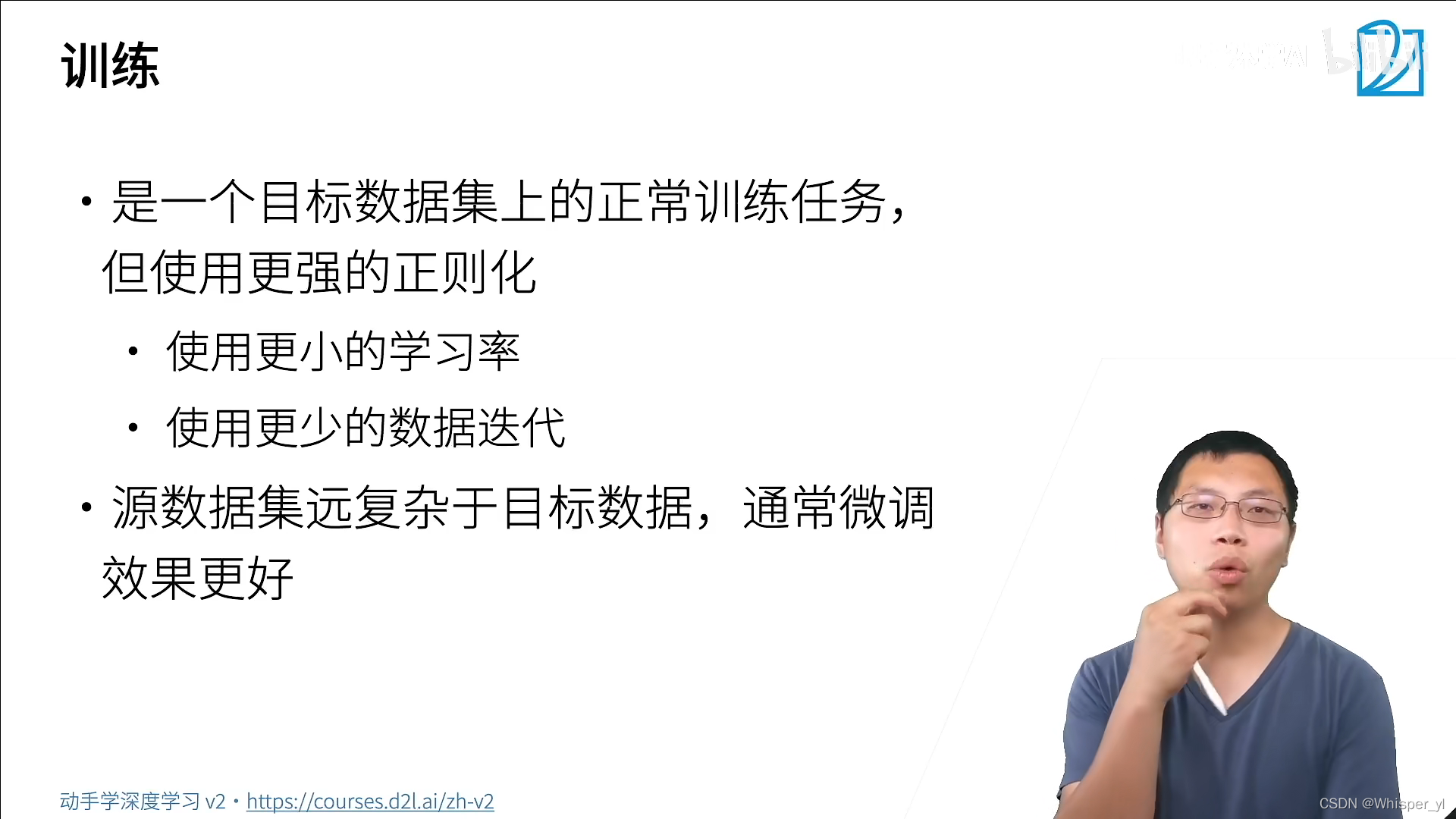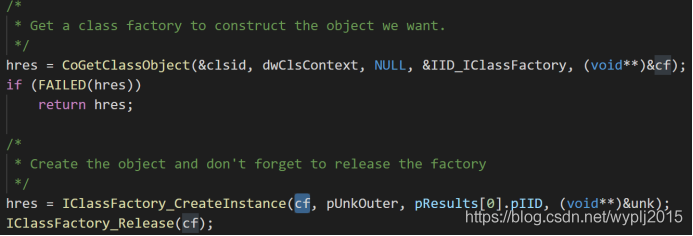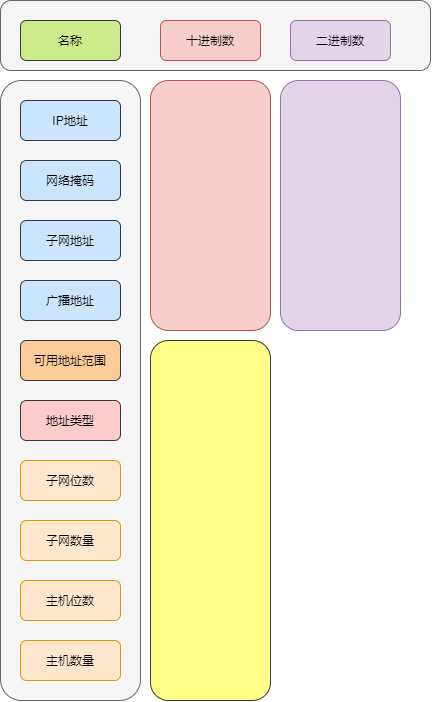当前位置:网站首页>On distributed lock
On distributed lock
2022-04-23 05:04:00 【canger_】
Why locks are needed
Stand alone program , In the case of multi-threaded concurrency , When operating on the same resource , It needs to be locked and other synchronization measures to ensure atomicity . Take an example of multithreading self increment :
package main
import (
"sync"
)
// Global variables
var counter int
func main() {
var wg sync.WaitGroup
for i := 0; i < 100; i++ {
wg.Add(1)
go func() {
counter++
wg.Done()
}()
}
wg.Wait()
println(counter)
}
Multiple runs will get different results :
> go run test.go
98
> go run test.go
99
> go run test.go
100
Obviously, the result is not satisfactory , Full of unpredictability . To get the right results , You need to increase the count self lock
package main
import (
"sync"
)
// Global variables
var counter int
var mtx sync.Mutex
func main() {
var wg sync.WaitGroup
for i := 0; i < 100; i++ {
wg.Add(1)
go func() {
mtx.Lock()
counter++
mtx.Unlock()
wg.Done()
}()
}
wg.Wait()
println(counter)
}
The results obtained after multiple runs :
> go run test.go
100
> go run test.go
100
> go run test.go
100
One 、 be based on Redis Of setnx
In a distributed scenario , We also need this " preemption " The logic of , Now what? ? We can use Redis Provided setnx command :
package main
import (
"fmt"
"strconv"
"sync"
"time"
"gopkg.in/redis.v5"
)
var rds = redis.NewFailoverClient(&redis.FailoverOptions{
MasterName: "mymaster",
SentinelAddrs: []string{
"127.0.0.1:26379"},
})
// Global variables
func incrby() error {
lockkey := "count_key"
counterkey := "counter"
succ, err := rds.SetNX(lockkey, 1, time.Second*time.Duration(5)).Result()
if err != nil || !succ {
fmt.Println(err, " lock result:", succ)
return err
}
defer func() {
succ, err := rds.Del(lockkey).Result()
if err == nil && succ > 0 {
fmt.Println("unlock sucess")
} else {
fmt.Println("unlock failed, err=", err)
}
}()
resp, err := rds.Get(counterkey).Result()
if err != nil && err != redis.Nil {
fmt.Println("get count failed, err=", err)
return err
}
var cnt int64
if err == nil {
cnt, err = strconv.ParseInt(resp, 10, 64)
if err != nil {
fmt.Println("parse string failed, s=", resp)
return err
}
}
fmt.Println("curr cnt:", cnt)
cnt++
_, err = rds.Set(counterkey, cnt, 0).Result()
if err != nil {
fmt.Println("set value fialed,err=", err)
return err
}
return nil
}
func main() {
var wg sync.WaitGroup
for i := 0; i < 10; i++ {
wg.Add(1)
go func() {
defer wg.Done()
incrby()
}()
}
wg.Wait()
}
Running results :
> go run test.go
curr cnt: 0
<nil> lock result: false
unlock sucess
<nil> lock result: false
curr cnt: 1
<nil> lock result: false
unlock sucess
curr cnt: 2
<nil> lock result: false
unlock sucess
curr cnt: 3
<nil> lock result: false
<nil> lock result: false
unlock sucess
The remote invocation setnx Running process and stand-alone trylock Very similar , If the lock acquisition fails , Then the relevant task logic will not continue to execute downward .
setnx It is very suitable for high concurrency scenarios , To compete for some of the only resources .
Two 、 be based on zookeeper
package main
import (
"fmt"
"sync"
"time"
"github.com/samuel/go-zookeeper/zk"
)
var zkconn *zk.Conn
var count int64
func incrby() {
lock := zk.NewLock(zkconn, "/lock", zk.WorldACL(zk.PermAll))
err := lock.Lock()
if err != nil {
panic(err)
}
count++
lock.Unlock()
}
func main() {
c, _, err := zk.Connect([]string{
"127.0.0.1"}, time.Second)
if err != nil {
fmt.Println("connect zookeeper failed, err=", err)
return
}
zkconn = c
var wg sync.WaitGroup
for i := 0; i < 10; i++ {
wg.Add(1)
go func() {
defer wg.Done()
incrby()
}()
}
wg.Wait()
fmt.Println(" cnt :", count)
}
Running results :
$ > go run test.go
Connected to 127.0.0.1:2181
authenticated: id=72138376348368897, timeout=4000
re-submitting `0` credentials after reconnect
cnt : 10
be based on ZooKeeper Lock and based on Redis The difference between locks is lock It will be blocked until it succeeds , This is related to sync.Mutex Of Lock The method is similar to .
The principle is based on temporary Sequence Nodes and watch API, For example, what we use here is /lock node .Lock It will insert its own value in the node column under the node , As long as the child nodes under the node change , Will notify all watch The program of this node . At this time, the program will check the status of the smallest child node under the current node id Whether it is consistent with your own , If it is consistent, the locking is successful .
This distributed blocking lock is more suitable for Distributed task scheduling scene , However, it is not suitable for lock grabbing scenes with high frequency and short lock holding time . according to Google Of Chubby The exposition in the paper , Lock based on strong consistency protocol is suitable for Coarse grained locking operation . Coarse granularity here means that the lock takes a long time . When using it, we should also consider whether it is appropriate to use it in our own business scenarios
3、 ... and 、 be based on etcd
This etcd My bag "github.com/zieckey/etcdsync" Pull go mod There will be two problems
# for the first time
/etcd imports
github.com/coreos/etcd/clientv3 tested by
github.com/coreos/etcd/clientv3.test imports
github.com/coreos/etcd/auth imports
github.com/coreos/etcd/mvcc/backend imports
github.com/coreos/bbolt: github.com/coreos/[email protected]: parsing go.mod:
module declares its path as: go.etcd.io/bbolt
but was required as: github.com/coreos/bbolt
# The second time
imports
google.golang.org/grpc/naming: module google.golang.org/grpc@latest found (v1.32.0), but does not contain package google.golang.org/grpc/naming
Need to be in go.mod Medium plus
replace (
github.com/coreos/bbolt v1.3.4 => go.etcd.io/bbolt v1.3.4
go.etcd.io/bbolt v1.3.4 => github.com/coreos/bbolt v1.3.4
google.golang.org/grpc => google.golang.org/grpc v1.26.0
)
import (
"log"
"github.com/zieckey/etcdsync"
)
func main() {
m, err := etcdsync.New("/lock", 10, []string{
"http://127.0.0.1:2379"})
if m == nil || err != nil {
log.Printf("etcdsync.New failed")
return
}
err = m.Lock()
if err != nil {
log.Println("etcdsync.Lock failed, err=", err)
return
}
log.Printf("etcdsync.Lock OK")
log.Printf("Get the lock. Do something here.")
err = m.Unlock()
if err != nil {
log.Println("etcdsync.Unlock failed, err=", err)
} else {
log.Printf("etcdsync.Unlock OK")
}
}
etcd There is no such thing as ZooKeeper Like that Sequence node . Therefore, its lock implementation is based on ZooKeeper The implementation is different . Used in the above example code etcdsync Of Lock The process is :
- 1、 First check /lock Whether there is a value under the path , If it's worth it , It means that the lock has been robbed by others
- 2、 If there is no value , Then write your own value . Write success returns , It indicates that the lock is successful . When writing, if the node has been written by other nodes , Then locking will fail .
- 3、watch /lock Next event , At this time, it is blocked
- 4、 When /lock When an event occurs under the path , The current process is awakened . Check whether the event occurred is a delete event ( It means that the lock is actively locked by the holder unlock), Or expiration events ( The lock expires ), If so , go back to 1, Follow the lock grabbing process .
How to choose the right lock
Single machine level
The business is still in the order of single machine , Then you can use any single lock scheme according to your needs .
Distributed order of magnitude
- Lower order
If we develop to the stage of distributed service , But the business scale is small ,QPS Very small case , The scheme of which lock to use is almost the same . If there is something that can be used inside the company ZooKeeper、etcd perhaps Redis colony , So try not to introduce new technology stacks . - Higher order of magnitude
If the lock is under the condition of bad task, data loss is not allowed , Then you can't use Redis Of setnx Simple lock .
If the reliability of lock data is very high , You can only use etcd perhaps ZooKeeper This kind of locking scheme ensures data reliability through consistency protocol .( But behind the reliability is always the low throughput and high latency . You need to stress test the business according to its magnitude , To ensure that distributed locks are used etcd and ZooKeeper The cluster can withstand the pressure of actual business requests .
版权声明
本文为[canger_]所创,转载请带上原文链接,感谢
https://yzsam.com/2022/04/202204220552063534.html
边栏推荐
- PHP counts the number of files in the specified folder
- Deep learning notes - semantic segmentation and data sets
- C list field sorting contains numbers and characters
- C# List字段排序含有数字和字符
- Set Chrome browser background to eye protection (eye escort / darkreader plug-in)
- HRegionServer的详解
- Data security has become a hidden danger. Let's see how vivo can make "user data" armor again
- Detailed explanation of hregionserver
- Live delivery form template - automatically display pictures - automatically associate series products
- PHP+MySQL 制作留言板
猜你喜欢

Learning Android from scratch -- Introduction

Deep learning notes - fine tuning

COM in wine (2) -- basic code analysis

Spell it! Two A-level universities and six B-level universities have abolished master's degree programs in software engineering!

DIY is an excel version of subnet calculator

【数据库】MySQL多表查询(一)

用LCR表完美测试无线充电系统中的线圈

The 2021 more reading report was released, and the book consumption potential of post-95 and Post-00 rose

Pixel 5 5g unlocking tutorial (including unlocking BL, installing edxposed and root)
![[winui3] Écrivez une copie du gestionnaire de fichiers Explorer](/img/3e/62794f1939da7f36f7a4e9dbf0aa7a.png)
[winui3] Écrivez une copie du gestionnaire de fichiers Explorer
随机推荐
MySQL realizes row to column SQL
Knowledge points sorting: ES6
Informatics Aosai yibentong 1212: letters | openjudge 2.5 156: Letters
AQS source code reading
【数据库】表的查看、修改和删除
Jetpack -- lifecycle usage and source code analysis
Live delivery form template - automatically display pictures - automatically associate series products
In aggregated query without group by, expression 1 of select list contains nonaggregated column
[2021] Spatio-Temporal Graph Contrastive Learning
Learning Android II from scratch - activity
Innovation training (V) mid term inspection
MySQL uses or to query SQL, and SQL execution is very slow
QPushButton slot function is triggered multiple times
泰克示波器DPO3054自校准SPC失败维修
Mac enters MySQL terminal command
AQS源码阅读
Excel protects worksheets and workbooks from damage
HRegionServer的详解
The WebService interface writes and publishes calls to the WebService interface (2)
MySQL slow query